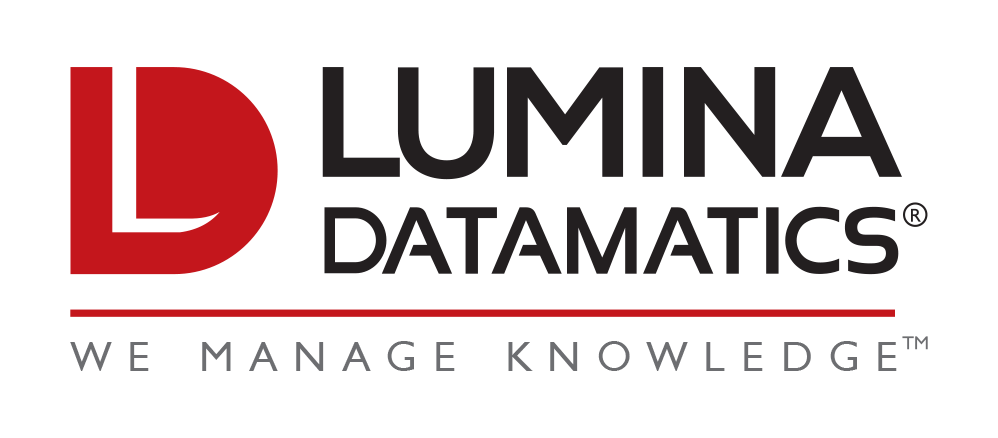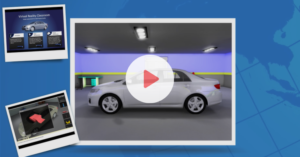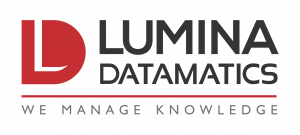I get it. The world has shut down, and school districts are wrestling with the challenging questions of when and how to safely allow students and teachers to return to their classrooms. There’s no need for me to dwell any more on those points right now.
I mention this not to cause reader fatigue, but because the reality is that some form of distance learning will likely be part of most students’ lives in the 2020-2021 academic year. Whether your institution will be fully remote, hybrid, or in-person, your students will inevitably be consuming educational content in new ways. For many students, safe access to classrooms, physical labs, and on-site training facilities will be a challenge.
A Digital World
Some critical, and often overlooked, tools in the educator’s toolkit are virtual labs (vLabs), digital simulation-based learning modules, and augmented reality learning modules. In short, these products are digital environments that are used to simulate real, hands-on learning activities.
Virtual tools have been used in medical, aviation, and military training for decades, with low- and high-fidelity simulations recognized as successful in training not only the technical and cognitive skills required in these professions, but also the teamwork and cross-disciplinary skills that are vital to success. The American Academy of Pediatrics, via its Pediatric Education for Prehospital Professionals (PEPP) Steering Committee, encourages the integration of low- and high-fidelity simulations in learning for increased teamwork and communication skills.
vLabs and Simulations Work—In More Disciplines Than You Might Expect
There is a lot of research on the efficacy of vLabs and digital simulations. As far back as 2004, researchers found improvements in surgeon skills after they trained using a vLab (faster performance, reduced errors, and increased economy of movement). Studies in microbiology and electrochemistry have shown no significant differences in learning between students who were taught certain principles using vLabs as compared to those who were taught via live demonstrations or more traditional classroom methods.
But you don’t have to be on the pre-med track or in a STEM field to take advantage of vLabs and learning simulations.
At Lumina, we’ve not only created healthcare simulations, but also built digital products for various other disciplines: automotive, welding, earth sciences for K-12 users, and history. We even created a simulation for record-keeping, which helped to eliminate boxes of paper that were previously needed to achieve the classroom learning objectives.
History is arguably one of the most creative augmented reality learning concepts that we’ve built to date. Imagine the impact on students who, instead of reading dates and death tolls about the battle of Gettysburg—which some students are unable to connect with in the abstract—are able to immerse themselves among the troops in an AR simulation. Rather than memorizing names and dates, students can achieve a deeper connection to and understanding of history as they ponder the motivations of the individuals involved, question how they themselves might behave under similar conditions, and even question the realities and logistics of what has traditionally been taught in classrooms.
And think of the possibilities for language learning, where full immersion into native speaking is the best way to learn and achieve fluency. Simulations can help enable the experience of engaging in dialogue with a native speaker in a marketplace across the world while safely avoiding exposure to COVID-19, or for any user who does not have the ability to travel. Simulations are likewise perfect for demonstrating physics concepts, where perfect conditions (such as “assume no friction”) can be portrayed in ways students wouldn’t be able to observe in the physical world.
Additional Benefits: Reducing Waste and Cost
Even setting aside physical access to labs and classrooms being restricted, the benefits of vLabs and learning simulations are numerous. They offer more sustainable, practical environments with less waste where students can safely practice concepts repeatedly until they demonstrate mastery. Students can still achieve the same learning while doing so remotely.
By the time remote students are able to return to physical labs (where resources may be limited or dangerous to handle or dispose of), to interact with real patients (who cannot ethically be given inferior care while the students learn), or to attempt work on a live electrical panel (where mistakes can literally result in life or death), they will have mastered the requisite theory and skillset needed to safely move on to the later parts of their training.
Many may believe the cost of vLabs or simulations is prohibitive, but they can be created within just about any budget and can be developed to be device agnostic (so they often don’t require an additional investment in expensive technologies or equipment). Additionally, investing in this technology can actually provide cost savings over labs or live environments. They can be developed to augment or even replace a textbook for achieving learning objectives. In addition, vLabs have the potential to provide more equitable learning opportunities for users from various communities; as from an economic standpoint, all physical labs are not created equally (whereas with vLabs, all students experience the same environment and conditions).
Future Possibilities in Learning
Historically, the most prevalent pathway to learning involved observing an instructor as they performed a procedure, or watching videos of others performing a task. Simulations provide the user with access to a more hands-on approach that allows learning through repetition, which deepens engagement and learning.
Interested in learning more about how vLabs or simulations can transform your classroom? Have you experienced learning through a vLab or simulation in a classroom or training environment? We want to hear from you! Email Lumina to discuss this topic, receive a quote, or request access to our portfolio of past experience, or visit our website to learn more about Lumina Datamatics.
1. See the full WCAG 2.0 guidelines, listed under each of the four guiding principles, at https://www.w3.org/TR/WCAG20/.
2. To learn more about screen readers and website navigation, check out these great resources: https://www.boia.org/blog/why-screen-readers-are-essential-for-website-accessibility, https://uxcellence.com/2018/accessible-navigation.
3. To learn more about accessibility and a11y, visit https://a11yproject.com/about/.






0 Comments